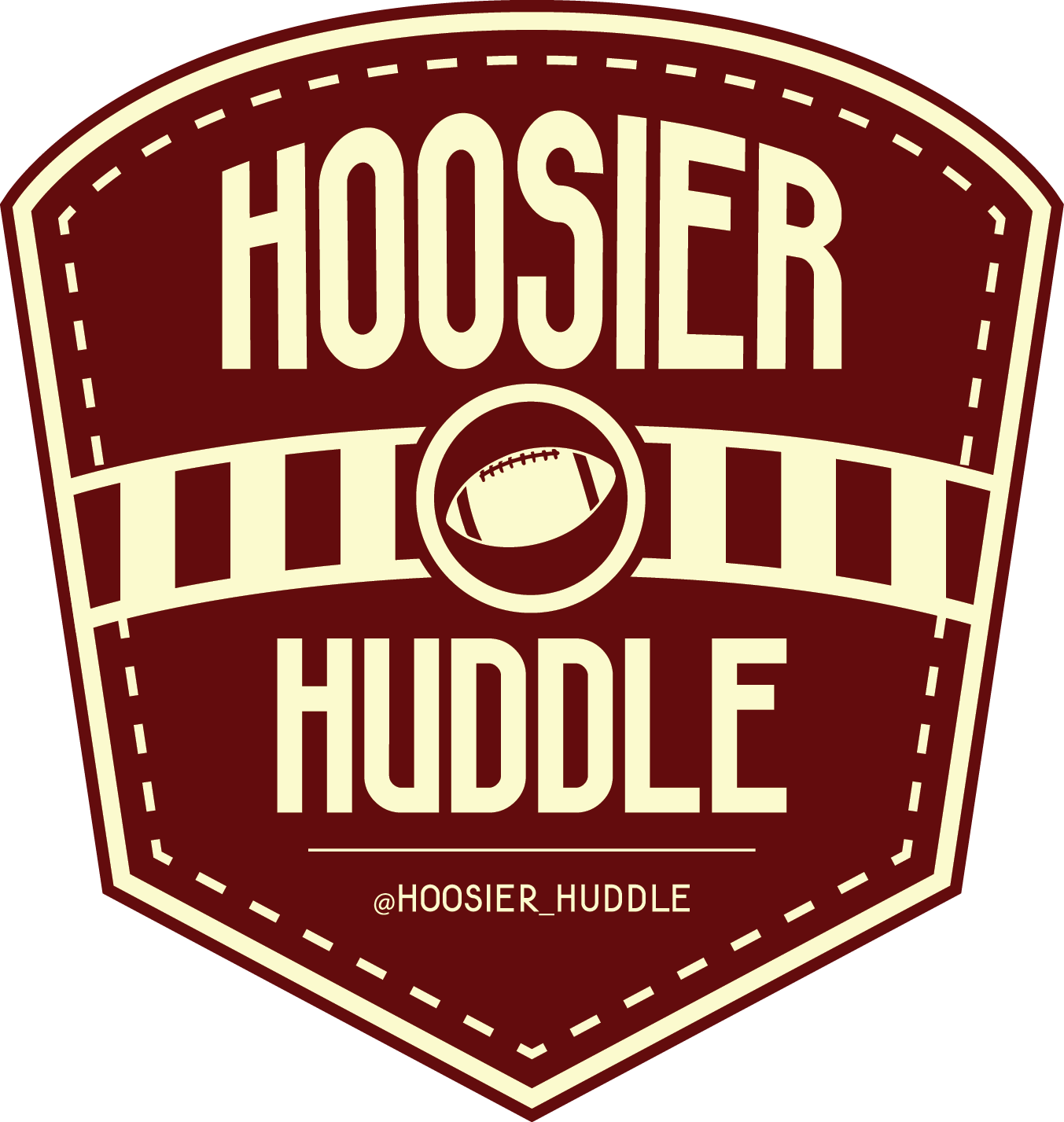Members of the "IU 10" make their way back to Bloomington
/Pictured (L to R): Tom Crean, Don Silas, Benny Norman, Michael McRobbie, Mike Adams, Clarence Price, Charlie Murphy, Kevin Wilson (photo credit: Mike Dickbernd, IU Athletics)
Written by: T.J. Inman (@TJHoosierHuddle)
IU is a great place but there are undoubtedly dark moments in its history. The late 1960s was a time of civil unrest in the United States and Bloomington was not spared. Thanks to a recent reconciliation effort, at least one of the wrongs of the past is being made at least somewhat right.
In 1969, ten African-American players on the IU football team boycotted the last three games of the season. They were upset that their concerns about unequal treatment on the basis of race were not being addressed by the coaching staff.
They players would later become known as the “IU 10” and five of the eight surviving members attended an emotional reconciliation meeting in Bloomington in early April.
Michael Adams, a former IU football player, initiated the effort because he wanted to recognize the role they played in improving race relations at Indiana University during a volatile time in this country’s history. University President
Michael McRobbie took the opportunity and invited all members (Michael Adams, Charlie Murphy, Benny Norman, Don Silas and Clarence Price all attended while Gordon May, Greg Harvey and Larry Highbaugh did not attend. Unfortunately, Greg Thaxton and Bobby Pernell are deceased) and five of the surviving eight came to share and discuss the boycott and attempt to positively change the future of race relations at IU.
“The sharing, listening and understanding that occurred over the last three days was nothing less than extraordinary and is one of the greatest experiences of my professional life,” IU Athletic Director Fred Glass said.
After the productive reconciliation discussions, the five attending former players met with President McRobbie, representatives of the IU administration and Kevin Wilson and Tom Crean.
The members of the “10” that attended were grateful for the opportunity to finally put nearly four decades of anger to rest. “Our meetings in Bloomington enabled to leave my bitterness at the Indianapolis Airport on my way back home,” Charlie Murphy said.
Benny Norman agreed, “we all love this school. It’s a great school.”
As part of the reconciliation with the IU 10, IU has formally reinstated each of them to the 1969 team; provided them “lettermen’s blankets” which should have gone to them at the end of their senior years; and made them Life Members of the IU Alumni Association. The centerpiece of the reconciliation is that IU will now offer a class each year, taken for credit, that studies the circumstances surrounding the 1969 boycott and what it can teach students about race relations and conflict resolution.
Reconciling the issues of the past doesn’t make them go away and it doesn’t completely heal the wounds of injustice that the members of the IU 10 had to endure. However, it does allow for the healing to begin and for the errors of the past to not be repeated in the future.



